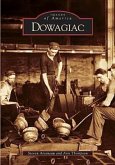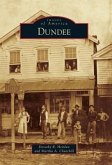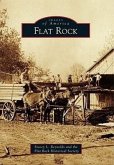After the Civil War in the 1860s, veterans came to Benzie County and settled the farmlands, lumber companies began to harvest the timber, and railroads soon crisscrossed the landscape. Villages with churches and schools such as Nessen City and Aral came to life. Mill owners and workers and their families built company towns like Carter Siding, Averytown, and Watervale. When the lumber died out, these towns virtually disappeared, and the largest towns, such as Thompsonville and Honor, were reduced in size and population. But by then, the Ann Arbor and Pere Marquette railroads were bringing tourists to the county, and entrepreneurs turned mill towns, farmland, and lakefront into Wordens and Thompsons Resorts on Platte Lake and Robinsons and Pautzs Resorts on Crystal Lake. Today, they exist only in local lore, along with the mill towns and lumber camps that preceded them and the railroads, ships, and ferries that once transported Benzie Countys people and merchandise.








